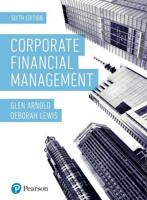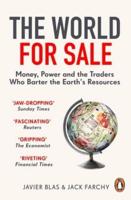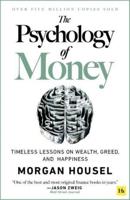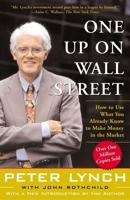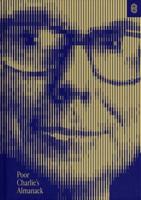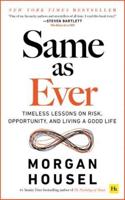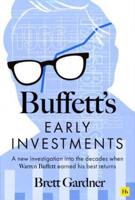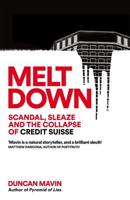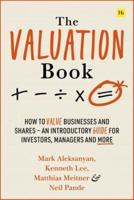Publisher's Synopsis
This book is modern compared to similar books written 20 years ago. At that time, they did not have free internet sites providing all kinds of financial ratios such as P/E. The need to examine the financial statements was substantially reduced. The 1 billion earnings do not tell you much, but the P/E and other fundamental metrics that are readily available to you via many free websites.
In addition, they did not have technical analysis (or charts) to detect market plunges. We have lost an average of 45% in the last two market plunges and hence 'buy-and-hold' is not a good strategy since 2000. This book uses simple techniques with or without charts to detect market plunges that work for the last two major ones. We do have our challenges. Sometimes we are overloaded with information. Some articles in the free web sites are written with hidden agenda that could cost you lots of money. We need to select the relevant data and ignore traps and garbage. I make it easy by splitting this book into two parts: Basic and Advanced (from Chapter 16 and on). Even for the basics I try to implement the advanced concepts using simple and free information from the internet. Even if you are an advanced investor, try to glance it through the first part to review anything you may have missed. This book helps someone looking for simple but profitable strategies in investing. The swing strategy only takes about half an hour a month to monitor the market and decide what stocks to buy and sell. I selected Finviz.com, a free financial site for most of my investing techniques and it is supplemented by other sites (some free and most requiring small fees). I start with market timing. You should not buy any stocks when the market is plunging. Actually you should sell most of the stocks you own when the market is plunging. I have a simple way to spot market plunges. It is based on charts. However, you can obtain similar info without creating charts and there is nothing to subscribe to. The chart tells us when to reenter the market for the best opportunity to make money. It worked very well in the last two market plunges. It may not give us ample time as the last two. I have not tested the market plunges before 2000 as they were quite different from today's market. For starters, just trade ETFs and you can skip the latter chapters in evaluating stocks if you are a beginner investor. In the simplest terms, I discussed how to evaluate stocks fundamentally and technically. Use the research available in the free sites such as finviz.com. Instead of spending hours researching one stock, you can do the same in a few minutes as others have done the research for you. Some of the strategies described here have been used in my book Best Stocks 2014, According to Me. From 12/16/13 (the publish date) to 3/4/14, the list of all 135 selected stocks beat SPY (an ETF simulating the S&P 500) by 103% and the list of 9 small cap stocks beat SPY by 500% without considering dividends and compounding. This performance is not sustainable. Retail investors have a lot of advantages over fund managers. However, I advise not to be a trader, especially day traders for beginners. Statistically most amateur traders lose money as they cannot compete with experienced, disciplined traders. Even if you study several good books by great traders, you will still lose money initially. No books can replace the actual trading experience. My books do not teach you to be a trader but a 'turtle' investor. Buy value stocks that are fundamentally sound and re-evaluate them in six months to determine to keep or sell. Initial date: 04/2022.Size: 315 pages (6*9).

